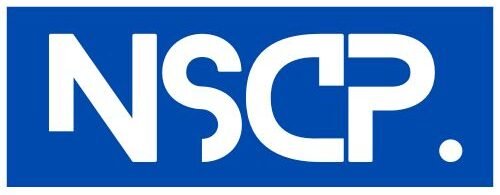Singapore’s Central Provident Fund (CPF) system plays a vital role in safeguarding the financial well-being of citizens and permanent residents as they age. One of the foundational elements of this system is the Basic Retirement Sum (BRS), which guarantees retirees a regular income to support essential daily living. As of 2024, those who fulfill the BRS requirements can expect to receive monthly payments ranging from S$840 to S$900, helping them transition into retirement with greater financial confidence.
What the Basic Retirement Sum Means for You
The Basic Retirement Sum is essentially the minimum threshold of savings a CPF member needs to accumulate in their Retirement Account by age 55. This sum forms the foundation for monthly payouts that begin once the individual reaches the eligible payout age. For 2024, the BRS is fixed at S$99,400. In addition to this baseline option, CPF offers members alternatives such as the Full Retirement Sum (FRS) and Enhanced Retirement Sum (ERS), which require higher savings but yield larger monthly payouts.
Meeting the Conditions to Unlock Monthly Payouts
To begin receiving monthly disbursements, CPF members must first meet a set of specific criteria. The first condition is age members are eligible to start payouts once they turn 65, although delaying the start of payouts up to age 70 can result in higher monthly amounts due to interest accrual. Additionally, by age 55, the member is required to have at least the Basic Retirement Sum (BRS) in their Retirement Account. Only Singapore citizens and permanent residents are eligible to benefit from this retirement scheme.
Determining the Size of Your Monthly CPF Income

Several elements influence the actual amount a retiree receives each month. The primary determinant is the balance accumulated in the Retirement Account. Those who only meet the BRS will receive the standard payout range, whereas individuals who commit to the FRS or ERS will enjoy higher monthly payments. Another important factor is the age at which payouts begin. Opting to delay payouts allows CPF savings to accumulate more interest, increasing the total monthly benefit. Members can also boost their payouts by transferring funds from other CPF accounts or making voluntary top-ups to their RA.
Lifetime Security Through Sustainable Disbursements
A significant advantage of the CPF retirement payout scheme is its longevity. Once payouts begin, they are intended to continue for life, ensuring that retirees are not left without financial resources in their later years. The CPF Board regularly reviews payout amounts, making adjustments in response to inflation and demographic changes, particularly life expectancy. This approach helps ensure that the retirement income remains relevant and sufficient over time.
Timely Transfers for Predictable Financial Planning
CPF retirement payouts are issued on the first working day of each month, offering retirees a predictable income schedule. These funds are transferred directly into their designated bank accounts, streamlining access to their monthly support. If the first day of the month coincides with a weekend or public holiday, the payout is processed on the last working day before it. This consistency in disbursement allows retirees to plan their monthly budgets with greater certainty.
Keeping Track of Your Retirement Finances
To help retirees monitor their CPF balances and understand how their funds are being disbursed, the CPF Board sends out an annual statement summarizing total payouts received and the remaining savings in the Retirement Account. This transparency allows individuals to stay informed about their financial status and make adjustments to their budgeting or income strategy if necessary.
Planning Ahead for a Comfortable Retirement
While the BRS payout offers a basic level of financial support, it may not be sufficient for all retirees, especially when accounting for evolving personal needs and inflation. As a result, retirees are advised to explore additional income avenues to enhance financial security. This may include part-time employment, investment returns, or drawing from other savings. It’s also essential to plan for healthcare costs, which can rise with age. Programs like MediSave and other public subsidies are designed to ease this burden. Moreover, property owners can unlock additional funds through government schemes like the Lease Buyback Scheme or Silver Housing Bonus, providing further financial flexibility.

